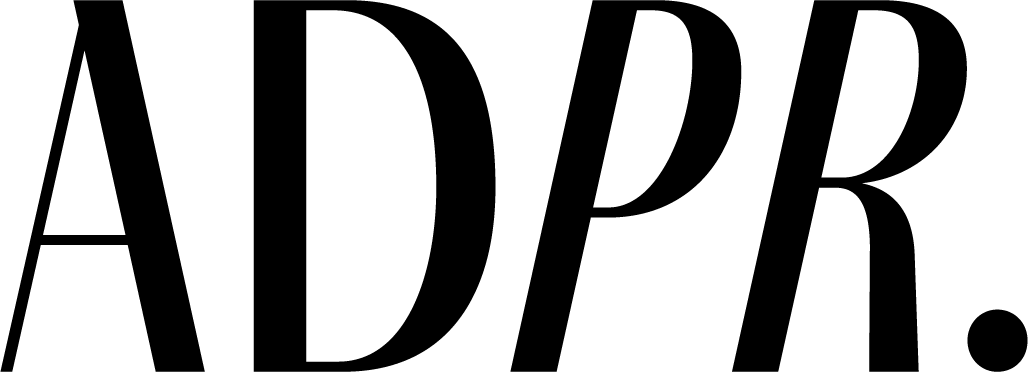PR Tips for Creating News
It’s natural for your small business to have PR ebbs and flows. Amid shrinking newsrooms and limited resources, media don’t have the capacity to cover similar stories more than once. If you continue to visit the same media for news coverage, you’ll quickly find you’ve hit “coverage fatigue.” Unlike big corporations and multinational conglomerates, small businesses don’t have the same pool of business developments to keep them in the news.
Does the following scenario fit you?
You have a small business that experienced a successful launch, perhaps encountered a few bumps in the road or had hurdles to overcome, and now a few years, or even decades later, business is steady. Unfortunately business success (Congratulations, we love a small business success story!) is rarely enough of a news hook to generate media coverage.
You may be wondering why you need PR if business is going well… PR is a great tool to have in your marking arsenal to help generate awareness. PR can introduce your company to potential new customers, remind past purchasers that you’re still there and reinforce your reputation among your existing customer base.
If you don’t have a new product or service that will benefit an unmet community need, aren’t experiencing exponential growth or haven’t secured a notable investor, getting back in the news cycle can be tough. But it’s not impossible. With a creative strategy, there are opportunities to generate press coverage.
Here are five ways to help get your small business back in the news.
Commission a survey
Media love using data to help tell a story. Commissioning a survey on a topic that is relevant to your business could help create a news angle that the media will want to cover. When drafting the survey, it’s imperative to carefully develop the questions or you might not get the results you need. Think about the potential outcomes and the type of story you’d like to tell, then work backwards from there. If you’re not sure where to start, working with a reputable survey company is the easiest way to ensure your results will meet newsroom standards (like having a sample size of at least 1,000 - 1,500).
For example, If you are an outdoor guide or adventure resort, you might survey how much time people are spending in nature, how much time they want to spend in nature and what barriers are preventing them from doing so.
Use your numbers
If you’re celebrating a milestone 25th anniversary, using numbers is a fun way to paint a picture of your community impact. They can be a mix of silly and serious to grab attention. I.e. 1 t-shirts sold, $2 million dollars contributed to local farms, 500,000 eggplants fried, 200,000 customers, $100,000 in community donations, etc.
Engage an expert
Partnering with an expert can help offer 3rd party validation. You’ll be able to leverage their reputation to help tell your brand story in a new and exciting way. If you’re a local plant-based food market, you could partner with a cookbook author or popular social content creator to launch a new product.
Employ newsjacking
Newsjacking is when you contribute to trending or breaking news stories. Here’s an example: if there’s a news story about labour exploitation and unsafe working conditions in the clothing industry, a small, made-in Canada clothing brand could speak to how to create local and ethical supply chains, pay living wages and still make a profit.
Serve the community
Giving back to the community is a great way to show that your neighbourhood matters to you, and could also generate news. Here’s an example: amid rising food costs, new data comes out that the use of soup kitchens is on the rise. A local restaurant could partner with other local restaurants to create restaurant experiences at a soup kitchen, each taking a turn to create restaurant-inspired meals to support those experiencing financial hardship and food insecurity.
These are just a few examples of the strategies that could help your business stay front and centre. Keep an eye on the news and you’ll start to spot other ways brands are leveraging these tools to drive awareness through media exposure.



